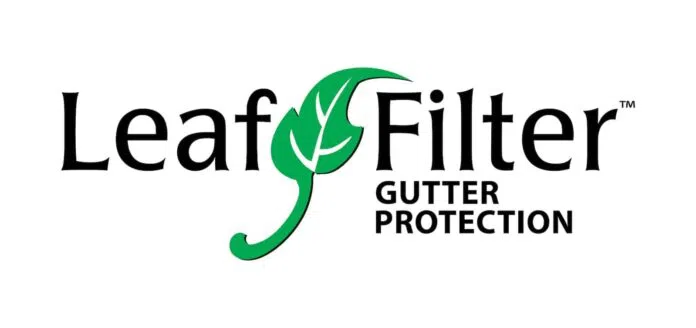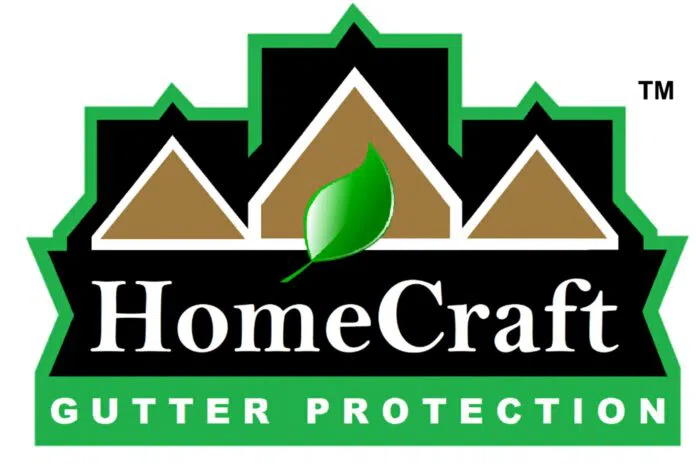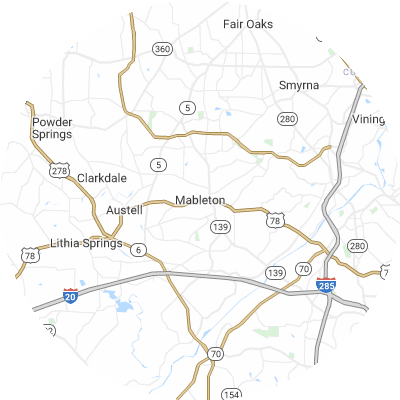Signs You May Need Gutter Guards
While gutter guards aren't always necessary, the signs of backed up gutters are clear. Some indicators of persistent gutter problems include:
- Soggy ground or visible erosion patterns around your home's foundation
- Visibly saggy, damaged, or misaligned gutters that no longer direct rainwater correctly
- Leaky joints or seams where water leaks out of gutters
- Frequent clogs that lead to overflow and water spilling over gutters
- Mold growth, interior wall stains, or peeling exterior paint on walls near gutters.
How To Choose a Gutter Guard Installer
Assess Their Experience
When choosing an installation company, look for one with years of experience and knowledge about numerous brands and guard types. An experienced company will understand how to take measurements and fit gutter guards for your specific needs. Inquire about a provider's years of experience and request referrals from local customers.
Verify Proper Licensing and Insurance
When speaking with potential installation companies, always make sure that they are licensed, bonded, and insured with both general liability and workers compensation policies. This protects you if any accidents or injuries occur. Request current licensing and insurance papers from potential providers.
Choose Reputable Brands
Seek out companies that carry tenured and trusted gutter guard brands such as LeafFilter and Gutter Helmet. Be wary of companies only offering generic no-name or their own off-brand guards, as these likely do not have the same rigorous testing as reputable national brands.
Seek Custom Fit Services
Gutter guards should be sized and cut while at your home to match your gutters. Choose a company that specifically measures and trims guards for your home rather than using universal guards. Guards fitted for your home leave no gaps for debris accumulation.
Examine Warranties
Leading gutter guard installers normally offer 20-year or lifetime warranties covering leaks, rust, clogs, and other issues. Before selecting a company, carefully read through the warranty terms for materials and workmanship guarantees. Warranties are an excellent way to protect your gutter investment.
Check Reviews and Referrals
You should check online reviews on sites such as Yelp, Google Reviews, or the Better Business Bureau (BBB) to hear more about customer experiences. You can also ask neighbors for recommendations on quality local gutter guard companies. When researching providers, it's best to choose companies with a history of good reviews instead of just a single review.
Types of Gutter Guards
The six primary types of gutter guards include the following:
- Foam guards are light and easy to install. This type of guard catches debris on the foam and keeps it out of your gutter. Foam guards cost roughly $2.48 per linear foot.
- Brush guards are what they sound like: large brush bristles that sit in your gutters to let water through while catching debris. Brush guards cost around $4.07 per linear foot.
- Screen guards have large holes that let water through while keeping debris out. On average, you can expect to spend $4.81 per linear foot for screen guards.
- Mesh guards have smaller holes than screen guards and similarly stop debris while allowing water to filter through. They are durable and encourage debris to slide off rather than sit on top of your gutters. On average, you can expect to pay $4.46 per linear foot for mesh guards.
- Micro-mesh guards have even smaller holes than mesh guards and allow even less debris through than mesh. These guards are extremely effective. On average, you can expect to spend $5.51 per linear foot for micro-mesh guards.
- Surface tension guards, sometimes called reverse curve guards, use surface tension to encourage debris to slide off while water flows into the gutter. They are normally visible from the ground. Surface tension guards cost around $3.52 per linear foot.












